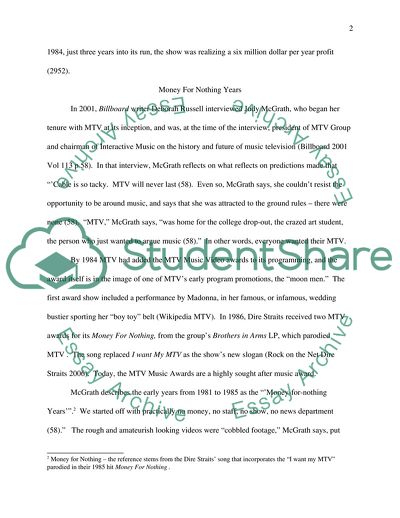Cite this document
(We Wanted Our MTV Assignment Example | Topics and Well Written Essays - 3000 words, n.d.)
We Wanted Our MTV Assignment Example | Topics and Well Written Essays - 3000 words. https://studentshare.org/music/1703076-music-advertising-in-television
We Wanted Our MTV Assignment Example | Topics and Well Written Essays - 3000 words. https://studentshare.org/music/1703076-music-advertising-in-television
(We Wanted Our MTV Assignment Example | Topics and Well Written Essays - 3000 Words)
We Wanted Our MTV Assignment Example | Topics and Well Written Essays - 3000 Words. https://studentshare.org/music/1703076-music-advertising-in-television.
We Wanted Our MTV Assignment Example | Topics and Well Written Essays - 3000 Words. https://studentshare.org/music/1703076-music-advertising-in-television.
“We Wanted Our MTV Assignment Example | Topics and Well Written Essays - 3000 Words”. https://studentshare.org/music/1703076-music-advertising-in-television.


